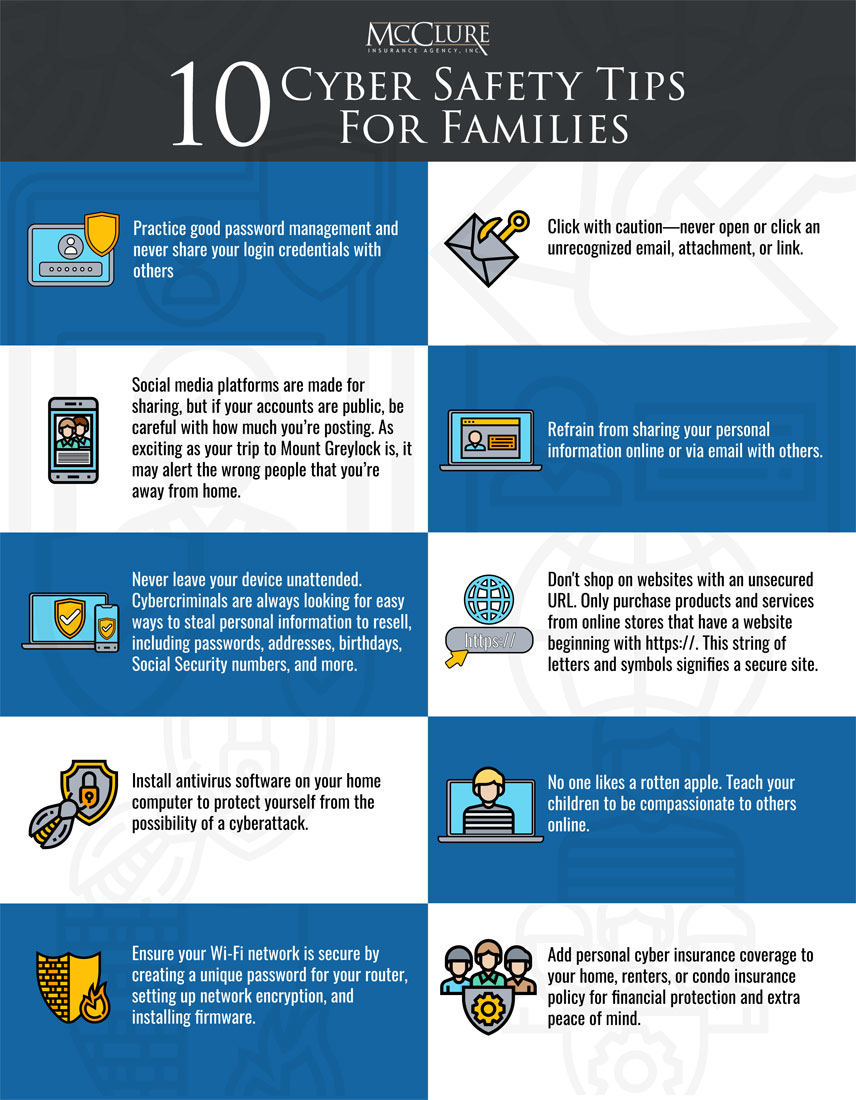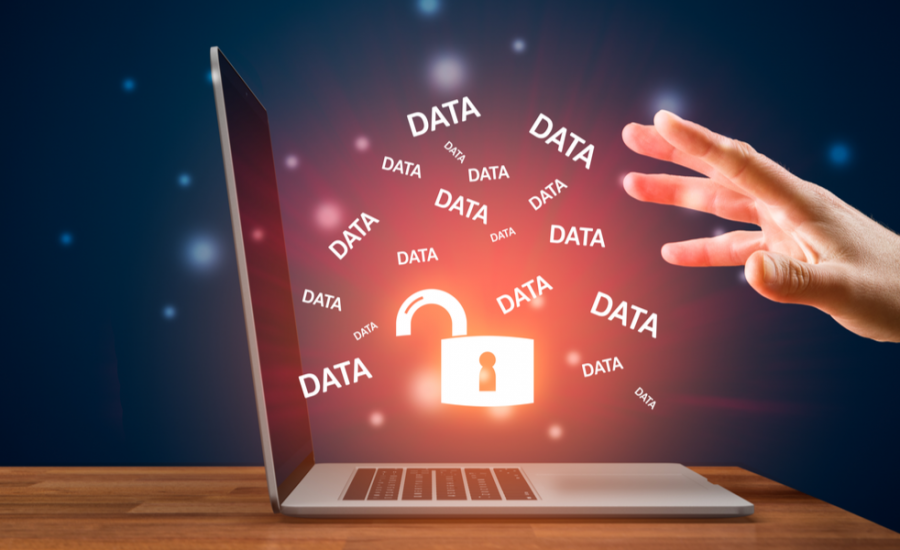
Types of Data Leakage Protection Solutions:


Access Controls
This security measure through authentication and authorization limits who is allowed access and use of company information. This includes compulsory login requests which are responsible for making sure that only authorized persons are granted appropriate access.
Authentication
PIN numbers, passwords, security cards, or biometrics are all measures that are put in place for access control, they are important for accurately verifying the identity of a user or process.
Data Masking
Confidential information can be hidden using information masking software. This software effectively masks files by obscuring letters and numbers with proxy characters and cannot therefore be accessed by any unauthorized persons or devices. The text changes back to its original form only when an authorized user receives it.
Encryption
When plain text, like a text message or email is scrambled into an unreadable format, this process is referred to as encryption. Only authorized users with the proper corresponding keys can unlock and access these encrypted files. Encryption should be performed on information that is either stored on your computer or transmitted through the internet to prevent it from being leaked. This is one of the best cyber security and data protection solutions.
Data Erasure
When information is deleted from a computer, it does not completely get disposed and it may still be found by hackers. This solution is done through software that permanently overwrites information on storage devices and verifies it as non-recoverable.
Top 2 Latest Technologies:

1. Blockchain Cybersecurity:
Blockchain cyber security is one of the latest cyber security technologies that’s gaining momentum and recognition. The blockchain technology works on the basis of identification between the two transaction parties. Similarly, blockchain cyber security works on the basis of blockchain technology’s peer-to-peer network fundamentals.
Every member in a blockchain is responsible for verifying the authenticity of the data added. Moreover, blockchains create a near-impenetrable network for hackers and are our best bet at present to safeguard data from a compromise. Therefore, the use of blockchain with Artificial Intelligence can establish a robust verification system to keep potential cyber threats at bay.

2. Artificial Intelligence & Deep Learning:
Artificial Intelligence is quite a buzzword these days. Ever wondered how one can apply AI to cyber security? Well, the application is in a way similar to the working of two-factor authentication.
Two-factor authentication works by confirming a user’s identity based on 2-3 different parameters. The parameters being, something they know, are and have. Add to those additional layers of information and authentication, and that is where AI comes into the picture. Deep learning is being used to analyze data such as logs, transaction and real-time communications to detect threats or unwarranted activities.
CYBER SECURITY
We provide information regarding cyber security and its applications and helps to provide awareness regrading different cyber threats. Thus supporting the local community by providing necessary information.
